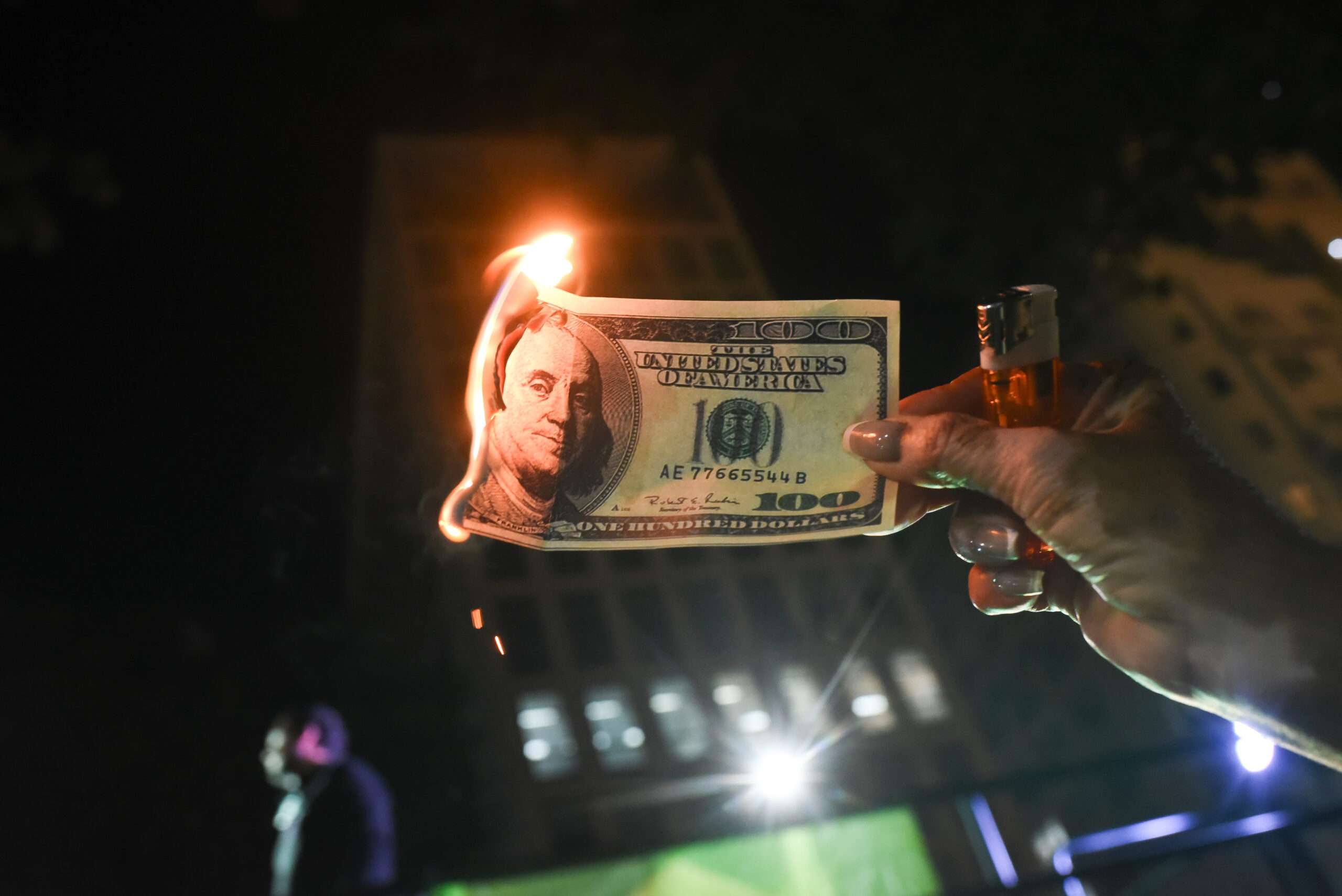US Producer Prices Surge in July, Fueled by Trump Tariffs
US producer prices surged in July, hitting a three-year high, largely driven by President Trump's tariffs. This rise sparks inflation concerns and shifts Fed rate cut expectations.
Subscribe to unlock this story
We really don't like cutting you off, but you've reached your monthly limit. At just $5/month, subscriptions are how we keep this project going. Start your free 7-day trial today!
Get StartedHave an account? Sign in
Overview
- US producer prices experienced their largest surge in over three years during July, with the producer price index increasing by 0.9% from June, signaling significant inflationary pressures.
- This substantial rise in wholesale inflation, reaching a three-year high, was primarily attributed to President Trump's tariffs on imports, which significantly drove up costs for US producers.
- Businesses in the US are largely absorbing these increased expenses resulting from the tariffs, contributing to the overall surge in producer prices and raising concerns about their profitability.
- The higher-than-expected producer prices and wholesale price surges in July led the market to adjust its expectations regarding a potential Federal Reserve interest rate cut.
- While Trump's tariffs pushed costs higher, some offsetting factors like slowing rent increases and cheaper gas prices helped mitigate a portion of the overall inflationary impact.
Report issue

Read both sides in 5 minutes each day
Analysis
Center-leaning sources cover this economic story neutrally, focusing on presenting the data and its immediate implications without overt editorial framing. They report the facts of the wholesale price surge and inflation rates, providing context through expert opinions on potential consumer impact and Federal Reserve actions. The language remains descriptive, avoiding loaded terms or selective emphasis, ensuring a balanced report.
Articles (10)
Center (6)
FAQ
The surge in US producer prices in July 2025 was primarily driven by President Trump's tariffs on imports, which increased costs for US producers. However, other factors such as higher prices in the services sector and profit margin increases in equipment and machinery wholesaling also contributed, while some offsetting factors like slowing rent increases and cheaper gas prices helped mitigate inflationary pressures.
The Producer Price Index rose 0.9% in July 2025, much higher than the forecasted monthly increase of 0.2%. On an annual basis, the PPI rose 3.3%, surpassing estimates of 2.5%. Similarly, core PPI increased 0.9% monthly and 3.7% annually, both significantly above economists' forecasts, indicating stronger inflationary pressures than expected.
The higher-than-expected producer prices and wholesale price surges in July 2025 led markets to revise expectations about potential Federal Reserve interest rate cuts, suggesting a reduced likelihood of rate cuts due to renewed inflation concerns.
Producer prices serve as an early indicator of inflation for consumers because if businesses face higher costs—such as from tariffs—they may pass along those costs to consumers in the form of higher retail prices, potentially leading to increased consumer inflation.
History
- This story does not have any previous versions.









